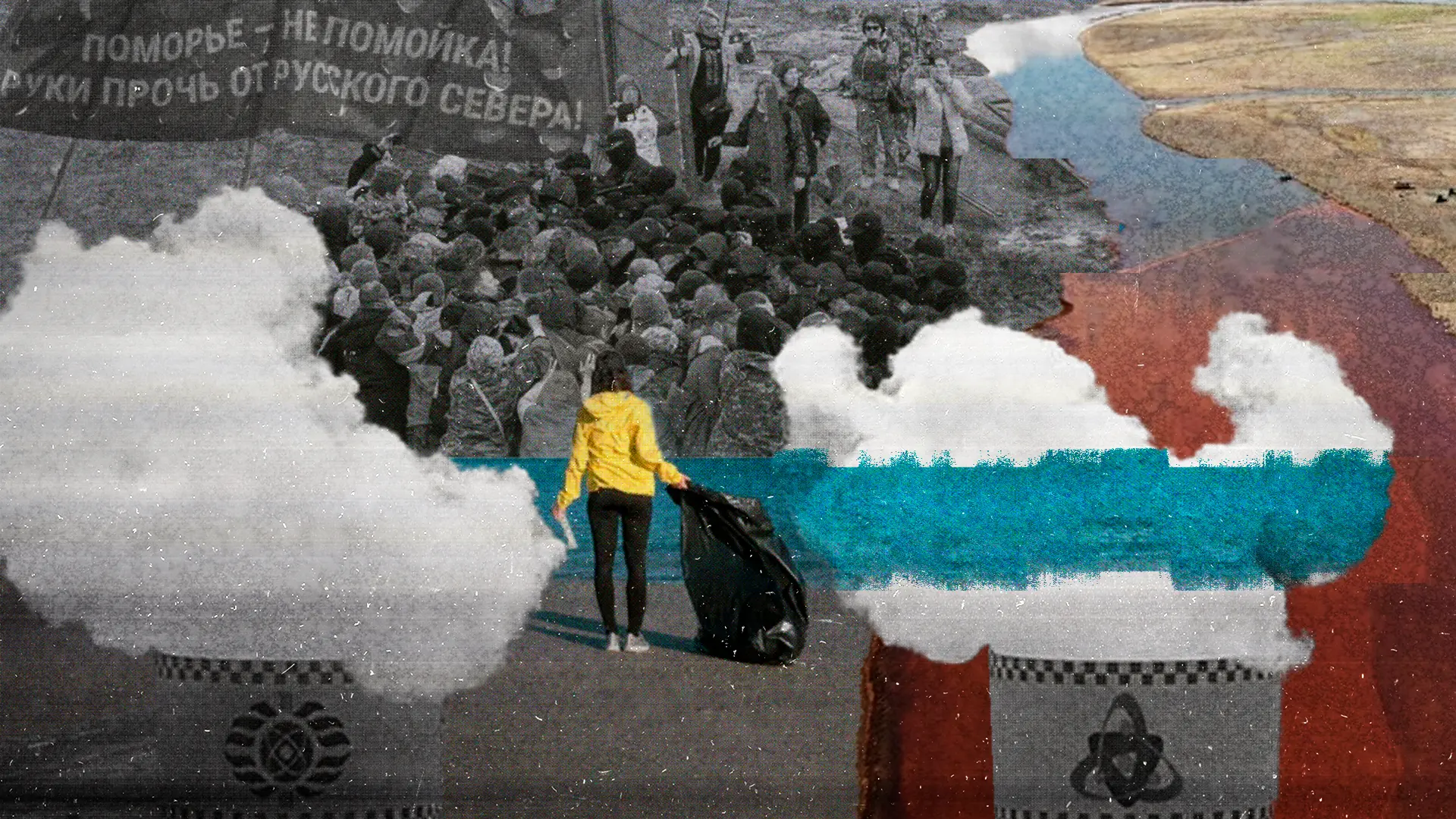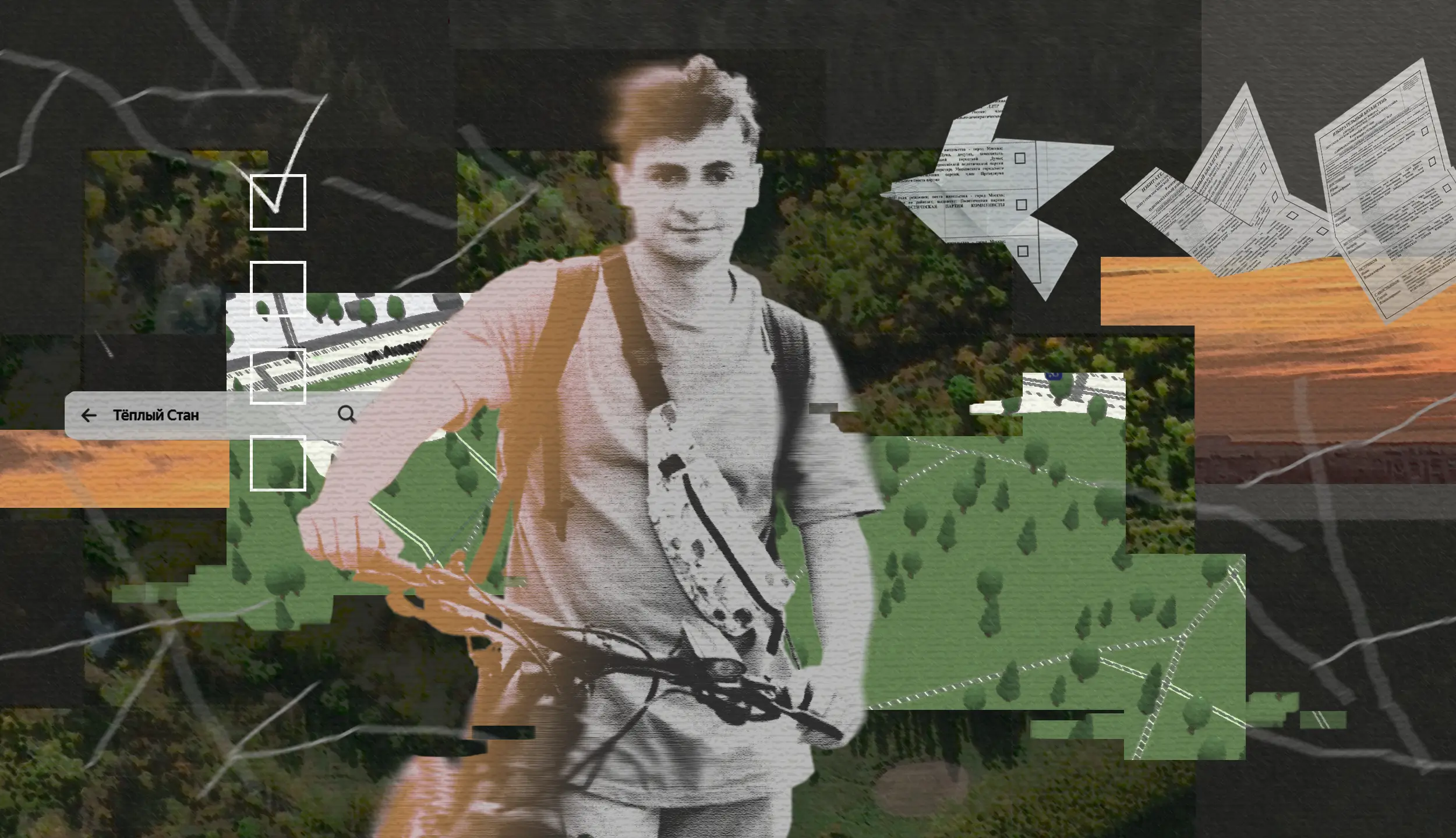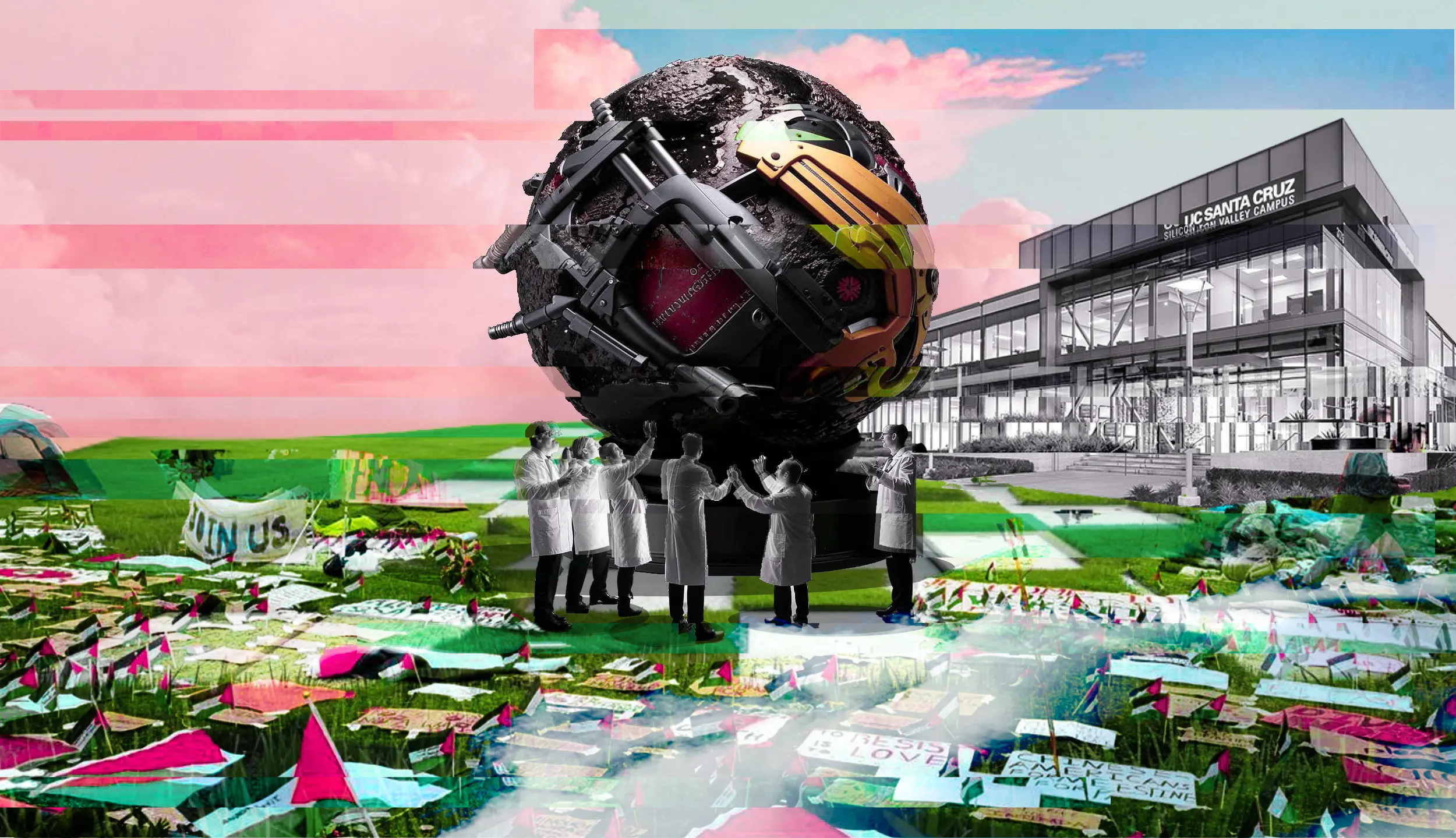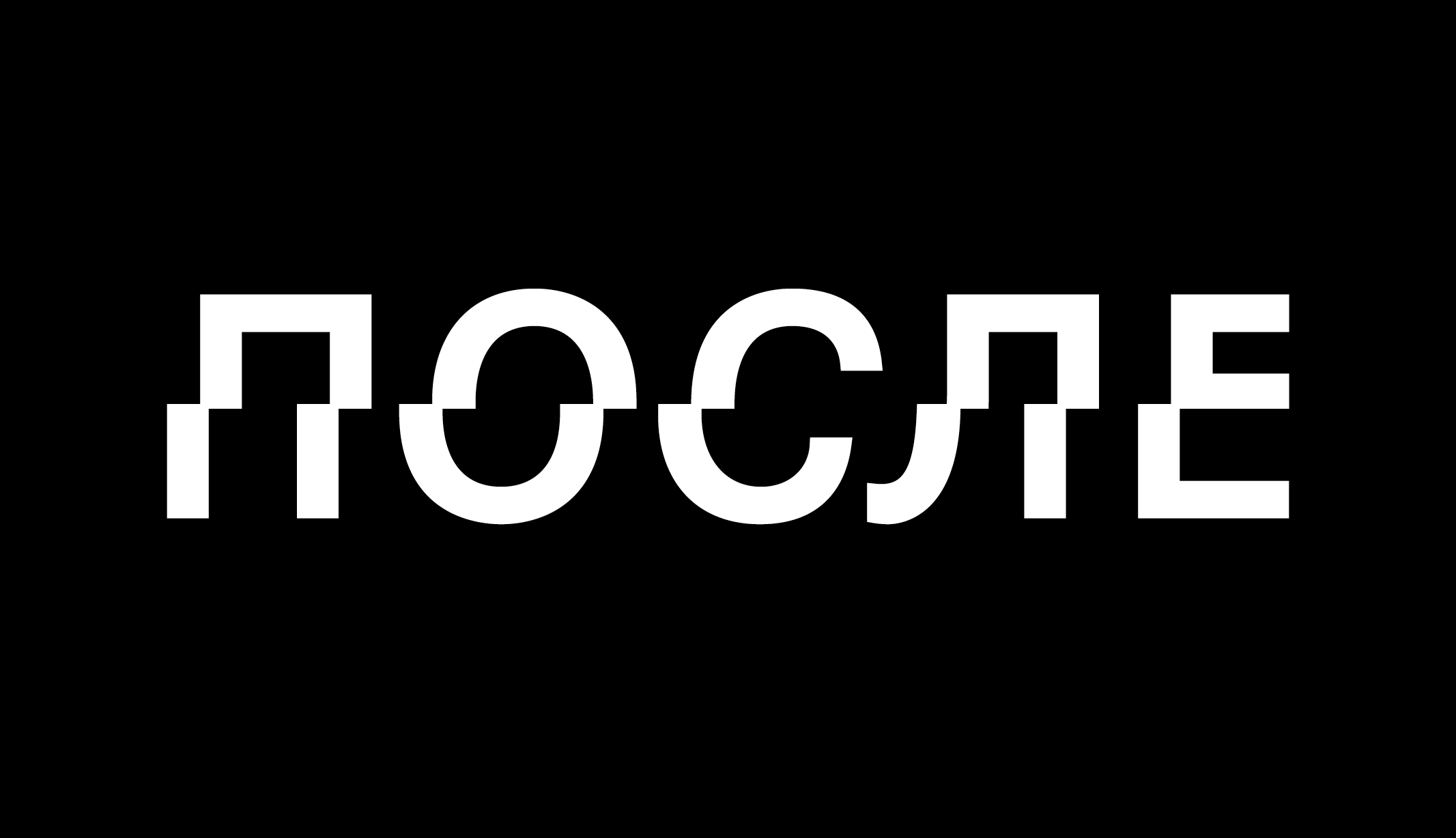— Describe your experience with environmental protection and activism. What are your priorities at the moment?
— I’ve been involved in environmental activism since about 2003. Like many others, I started by cleaning up garbage but quickly realized that this would not solve any problem. In Murmansk, I joined an organization called “Nature and Youth.” I guess involvement in this organization influenced me because “Nature and Youth” had democratic procedures, regularly rotated its leadership, and taught me the value of self-organization. You don’t see that very often in our country. Then I got involved in anti-nuclear activism and different kinds of human rights advocacy. I joined the Russian Social Ecological Union (RSEU) in 2005. RSEU is an extensive network of organizations, experts, and activists from different regions with different approaches to environmental problems. After the law on foreign agents was passed in 2012, I realized that it would significantly affect the activities of environmental organizations, so I returned to ecological activism, bringing a human rights element to it. At RSEU, my colleagues and I began to monitor pressure on environmental activists and organizations.
Then, following the protests against the construction of the landfill at Shiyes, which brought together environmentalists from different regions, we and the movement “We Are to Live Here” created the Environmental Crisis Group (ECG). We are not only monitoring the pressure on environmentalists but are also assisting them in dealing with it. Moreover, we are trying to find a solution to the environmental problems eco-activists struggled to address. We need to look into the situation and not just publicise it but suggest concrete steps: if activists are beaten by, say, a private security company, we must call the police; if the police beat them, we must go to the prosecutor’s office. And we also suggest that the audience not just be horrified by every piece of news but channel their energies into action: send letters to prisoners in pre-trial detention, come to court hearings, call the police department, and so on.
— Could you identify the major trends in the area of environmental protection in Russia in the past twenty years? How has ecological legislation changed?
— Since 2000, there have been two consistent trends: increasing pressure on civil society (stricter legislation on freedom of assembly, pressure on public associations and the media) and weakening environmental legislation. One of the first decrees signed by President Putin dismantled the State Committee for Ecology. Since that decision, environmental regulations have been weakened every year: to support business development during the difficult 2000s, during the 2008 crisis, the 2014 sanctions, the Covid-19 pandemic, and now amid new sanctions. This affected legislation on environmental expertise, the regime for specially protected natural sites, and so on.
— What has changed with Russia’s full-scale invasion of Ukraine?
— In the summer of 2022, the Russian Union of Industrialists and Entrepreneurs (RSPP) rushed to propose easing a list of environmental restrictions. The community of eco-activists managed to oppose these amendments (changes are almost always introduced through amendments, and this process is difficult to track), and the State Duma Committee on Ecology, Natural Resources, and Environmental Protection returned them for further revision. This example shows that even in the post-February 24 circumstances, the ecological community can fend off such dangerous changes. It is worth emphasizing not only that we are constantly being beaten and put into jail but that we sometimes manage to protect both activists and areas critical for the environment.
— How are the interests of capital and government in natural resources related? What is the primary driver of ecological destruction?
— Let’s look at the problem of environmental destruction through the prism of social ecology. It is a product of our society, its individualistic and capitalist values, where nature is seen as a resource. Economic interests are certainly the main driver at the global level. It is capital that seeks to constantly increase consumption and the accumulation of common resources. We are continually being forced to choose between keeping resources in state or private hands, forgetting that, initially, everything was part of the commons. It is towards this conception that we need to move rather than endlessly argue about the false dichotomies.
“Since 2000 there have been two consistent trends: increasing pressure on civil society and weakening environmental legislation”
No doubt, in Russia, oligarchs or officials who own commercial enterprises are virtually responsible for all the damage, and it is the state which persecutes eco-activists. Hence, it is hardly possible to distinguish between the private and the state. Whereas in the countries of the Global South, capital is so powerful that it dominates state interests and dictates its terms, in Russia, the interests of the state and business are fused. In Russia, the state apparatus is used against those who try to prevent the construction of palaces on ecologically important territories [note: This is a reference to the elite illegally building residences in nature reserves, in particular, Putin’s palace in Gelendzhik] and the extraction of resources to build them.
When European companies were present in Russia, we could collect and voice information about the destruction or risks associated with their activities to somehow influence them, simply because European companies value their reputation. With the European investors gone, we can no longer use this tool. However, we should not romanticize European companies, since in Germany, for example, they are evicting the locals from a village to mine coal there. One can think of many other cases: a Chinese company left a hydroelectric project in Latin America because it was no longer acceptable to pressure indigenous people. In contrast, the Dutch and Finnish companies stayed. But now there is only Russian capital and consumers with a lesser sense of responsibility. Colleagues who were systematically involved in environmental issues, who were integrated into the global environmental movement and tried to somehow influence what was going on, are now facing even greater difficulties. For example, we have a separate report on Rosatom: every location where this company does business has seen a negative impact on the environment, and activists who resist the company’s actions have been harassed. In Russia today, many other state corporations do the same, but we have less information about their activities.
— What has been the evolution of grassroots eco-activism in Russia?
— The environmental community can be divided into three groups. The first are professionals who joined ecological organizations in the 1990s or earlier. The second group comprises grassroots activists who use publicity and protest as their primary methods. The third group consists of those who recycle, privately practice conscious consumption, and so on. A boom of grassroots environmental activism started in 2018. Of course, there were various protest initiatives before that, too, but they became more numerous and active five years ago. The protests in Yekaterinburg in defense of a public garden where the authorities wanted to build an Orthodox church, are worth noting. Then there were the mass protests in Shiyes, which became very well known. In addition, during this period, environmental activities became increasingly politicized.
This politicization had several reasons. First is the general political context and the destruction of the so-called “Crimean consensus”, that is, the widespread consolidation around the state. People began to open their eyes and see that there were problems, things they didn’t like right around them. The second reason is the weakening of the institutional base of the environmental community, which began with the infamous law on foreign agents. Some environmentalists thought that it would not affect them because it did not classify the protection of flora and fauna as a political activity. But our team understood that, sooner or later, it would reach us. The pressure always comes in waves: first, the authorities try something out on human rights activists, then move on to environmentalists. In 2014, this law began to be actively enforced, and public environmental organizations were added to the list of foreign agents. They functioned as representatives of the residents’ interests in various regions, like watchdogs who ensured various environmental disasters did not occur. Then, under the authorities’ pressure, they began to close down (or be less active). They were excluded from various public councils where they could somehow influence the agenda. So then, people had no choice but to take matters into their own hands. Environmental problems are not going anywhere. They can no longer be solved at a more formal and institutional level, at which experts usually raise various pressing issues in dialogue with the authorities. In that case, these problems come out into the streets.
— Is there more pressure on environmental activists since the start of the full-scale invasion? Are there still protests?
— Since February 24, along with the usual monitoring of pressure on eco-activists for environmental activities, we began to record pressure for their anti-war stance. Although war is the worst thing that can happen for both people and the environment, we decided not to mix these two lists. New numbers are added to the usual data. Despite what was happening, in spring it didn’t seem like the number of environmental protests was decreasing: no one stopped cutting down trees and polluting territories, and people continued to resist these things. Then we saw a decline in environmental activism due to the summer, general fatigue, and increased repression. The price of protest is rising, and fewer people are ready to take the risk. Before the full-scale invasion, we saw more fines and administrative offenses; now, the number of criminal cases is increasing. I can’t say exactly how many there are right now because we’re still counting, but from preliminary observations, I can say that the time period between arrest and sentence became much shorter. Previously, it was common for authorities to exhaust the activists. For example, a criminal case is brought against a person; they are under house arrest, and they are forced to watch every single step and word. One could live in this limbo for years. Now cases are handled much faster. For example, sentences have been passed on several employees of nature reserves. Vladimir Kazantsev, a well-known environmental lawyer from Chelyabinsk, was sentenced to four years in prison; before that, he was under investigation for two years.
— How are environmental issues connected to other agendas in Russia? Are there alliances between environmental activism and other movements?
— Russian society is highly atomized, making it difficult for people to unite. This is why I value the RSEU: despite very different positions (in our ecological union, some people prefer an expert approach and do not want to make a fuss, and some people believe that issues are resolved through protests and publicity), it is possible to agree. Creating a coalition is generally very complex, requiring political education and experience in civil involvement. Of course, Russian society, in general, and the environmental community, in particular, lack all of this. But there are different examples of when this is possible. The latest example is a lawsuit against the Russian government for lack of action to solve the climate crisis. The preparation process has been going on for years. Understandably, starting such cases in a country without the rule of law is pretty challenging. Still, this experience was valuable for me primarily due to the cooperation between different groups: environmental activists, lawyers, experts, representatives of Fridays for Future, and indigenous peoples.
“It is worth emphasizing not only that we are constantly beaten and put into jail but that we sometimes manage to protect both activists and the environment”
The issue of unequal distribution of resources could potentially mobilize Russians. The case of Shiyes and other landfills is illustrative. I see many similarities with what was happening in the US in the 1980s when people started paying attention to environmentally dangerous industries being placed in areas where the poor and people of color lived. So in Russia, Moscow’s waste is sent to regions inhabited by vulnerable social groups. The same colonialism can be seen in the case of Rosatom: most nuclear power plants are located in the European part of Russia, where electricity is generated, while nuclear waste is sent to the Urals and Siberia.
In Russia, people usually assume that environmental issues only occupy people after they have achieved general well-being. In fact, it is not economic comfort that allows for concern about environmental issues and the desire to solve them, but proximity to roots, resources, and territory, as well as the politicization of society. The critical question of environmental justice arises here: why do those who have the least responsibility for climate change and ecological crises suffer the most?







